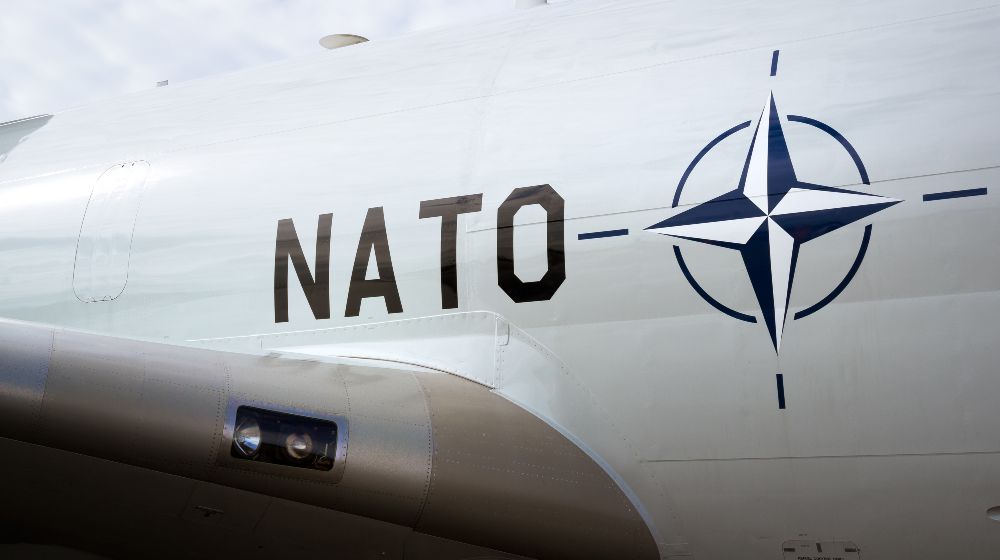News
NATO Troops On Alert As Russia-Ukraine Standoff Continues

Yesterday, the North Atlantic Treaty Alliance (NATO) placed its troops on alert amid rising tensions along the Russia-Ukraine border. The coalition said it will put its forces on standby while adding reinforcements in Easter Europe.
RELATED: NATO Puts Troops On Standby As Russia-Ukraine Standoff Continues
Russia-Ukraine Border Standoff Continues

NATO said that it will deploy more ships and fighter jets in Eastern Europe and place its troops on standby. In response, the US Department of Defense said that 8.500 American troops will remain on heightened alert for deployment to the region.
The agency said they will move in US troops once Russia invades Ukraine. Meanwhile, Russian authorities denounced the announcements as Western hysteria overreacting to their own troop buildup at the border.
The overall situation remains highly charged, as Russia deployed 100,000 troops along Ukraine’s borders. This means Russian forces have now surrounded Ukraine along its north, east, and south borders.
However, Russia insists they are not planning to invade its neighbor. In fact, Moscow said that the Western response proves that their country is the target, not the aggressor.
Biden Holds Call with NATO Allies Across The Atlantic
On Monday, US President Joe Biden held an 80-minute video conference with the leaders of Germany, France, Italy, the United Kingdom, and Poland.
He called them to discuss the Russia-Ukraine crisis and plan for joint action. Biden told the media that he “had a very, very, very good meeting” with the Europeans.
Later, a White House statement said that the group discussed efforts to deter Russian aggression against Ukraine. This includes proposals to impose economic sanctions on Russia.
The group will also reinforce NATO security along the eastern flank of Europe.
NATO Welcomes Deployment From Alliance Members
As more allied members announced deployments to the Russia-Ukraine border, NATO Secretary-General Jens Stoltenberg welcomed the move.
He said that the group will take “all necessary measures” to prevent an invasion. Stoltenberg said that NATO will always respond to any deterioration of its security environment. This may include strengthening the group’s “collective defense.”
Stoltenberg said he is not discounting the idea of deploying battlegroups in the southeast. Currently, NATO has activated 4.000 multinational troops in Estonia, Latvia, Lithuania, and Poland.
They also have a contingent of tanks, air defenses, intelligence stations, and surveillance units. Meanwhile, Pentagon officials said that they are finalizing the specific units it will send to the eastern flank.
One official said that around 5,000 US troops can head to the area. In contrast, a NATO diplomat said that the US might also consider moving its troops in Western Europe to the Eastern front.
Other NATO Members On The Fence
Meanwhile, other NATO members remain on the fence about sending their own troops. Denmark, Spain, France, and the Netherlands have yet to commit their forces.
All were either planning or considering its deployments. Ukraine shares its borders with four NATO members: Hungary, Poland, Romania, and Slovakia. However, a Polish official already said that Warsaw will decline to send troops to Ukraine.
Watch the CBC News: The National reporting that NATO troops on alert for the possible Russian invasion of Ukraine:
Do you think Russia will actually invade Ukraine in the next few weeks? Or, will NATO’s presence deter any Russian plans for conflict?
Let us know what you think. Share your thoughts in the comments section below.















